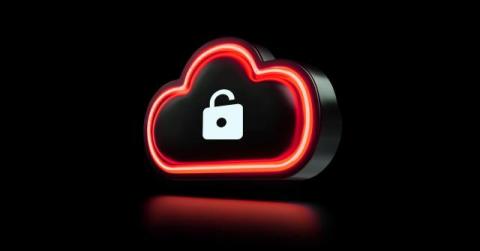Making a Lasting Impression: Effective Branding Strategies for Cybersecurity Conventions
Cybersecurity conventions are unique opportunities for businesses to showcase their expertise, connect with potential clients, and position themselves as leaders in the industry. With the rapid growth of the cybersecurity market-projected to reach $403 billion by 2027 according to Cybersecurity Ventures-these events have become more competitive than ever. To stand out, companies must leverage strategic branding that resonates with their target audience and aligns with their core values.










